
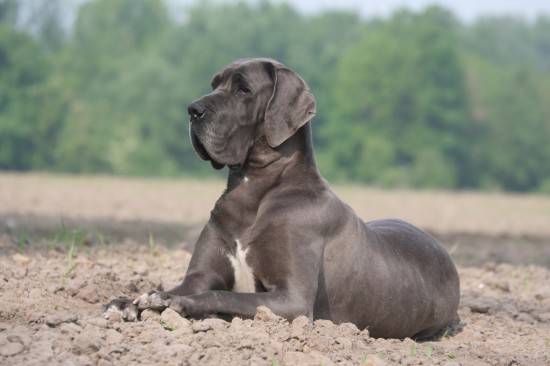
The Great Dane is one of the tallest of all of the dog breeds, and one that has potentially the longest known history. Dogs that resemble the Great Dane are recorded in frescoes from the 13th century BC, and dogs of the Great Dane type have been recorded throughout history in various different parts of the world. The breed has been widely used in a whole range of different working roles throughout their history too, but today they are more widely kept as pets.
Among the most popular of all of the giant dog breeds, the Great Dane is kind, personable and very gentle, despite their large size! Male dogs of the breed should stand at least 30” tall at the withers, and 28” for females. The minimum weight for adult dogs is 54kg for males, and 45kg for females.
Each year, the tallest recorded living dog tends to be a Great Dane, with the tallest dog on record having reached 44” tall at the shoulder. Owning a Great Dane can be a challenge due to their sheer size and the amount of space that they need to move around in, but they are very rewarding dogs to own.
If you are considering buying or adopting a Great Dane, it is important to do plenty of research into the breed first, and this is particularly important for giant breeds of dog, who come with challenges of their own. In this article, we will look at the hereditary health and longevity of the breed in more detail. Read on to learn more.
The average lifespan of the Great Dane is 8-9 years, which is not a very long lifespan compared to most other breeds of dog. However, giant breeds of dog tend to be shorted lived than smaller dogs, and certain hereditary health problems can shorten the lives of some breed lines too. It is also not unknown for Great Danes to live to over ten years old.
The sheer height, size and build of the breed can potentially pose some problems for the dog, and the Great Dane is in fact considered to be one of the breeds most at risk of developing bloat, or GDV. This condition causes the stomach to fill with dangerous amounts of gas, and potentially to twist over on itself.
Medial canthal pocket syndrome can also affect the large eyes of the breed, causing dirt and debris to build up in pouches within the eye. Due to the size and slow growth of the breed, it is also advised that only bitches of two years or older be used for breeding.
In order to help to promote good health and breed out certain hereditary health problems, a range of health schemes and testing programmes are in place for the Great Dane breed. These include:
As well as the hereditary conditions that can be tested for, the breed as a whole is considered to be at potential risk of various other health problems, but for which no pre-breeding screening is currently offered. These include:
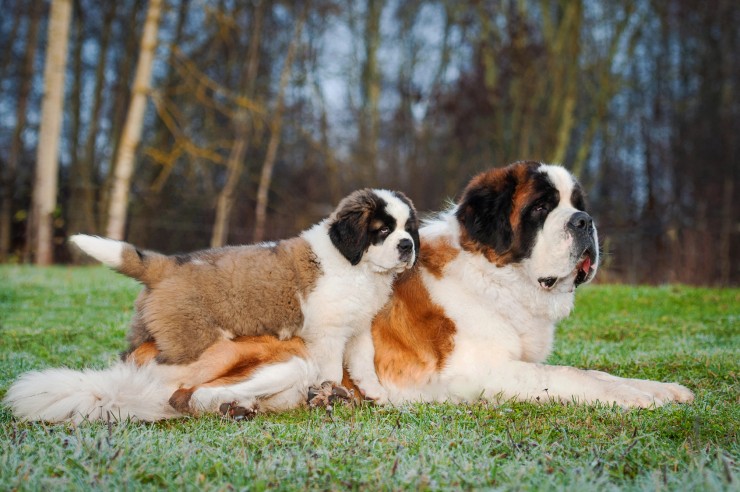 What Puppy Buyers Need To Know About The New Microchipping Regulations For Dogs
What Puppy Buyers Need To Know About The New Microchipping Regulations For Dogs
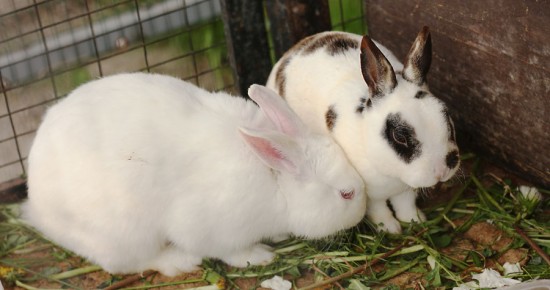 The Proper Cleaning Of Rabbit Hutches
The Proper Cleaning Of Rabbit Hutches
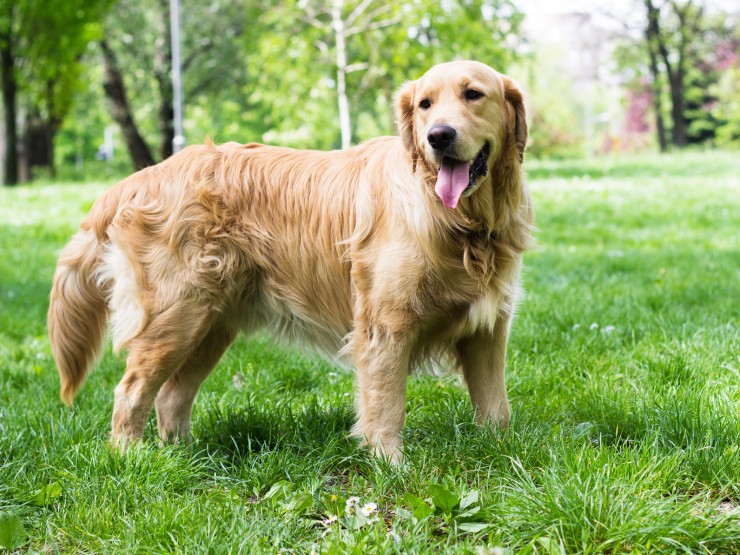 Five Universal Personality Traits Of The Golden Retriever
Five Universal Personality Traits Of The Golden Retriever
 How To Help Boost Your Cat’s Immune System
How To Help Boost Your Cat’s Immune System
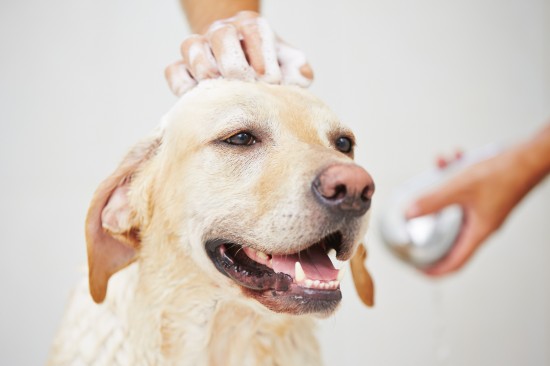 Where To Bathe Your Dog
Where To Bathe Your Dog
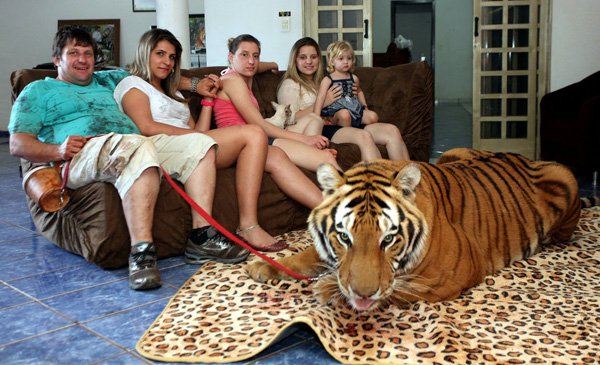 Consider the Best Places for Chicken Runs Before Going Ahead
Consider the Best Places for Chicken Runs Before Going Ahead
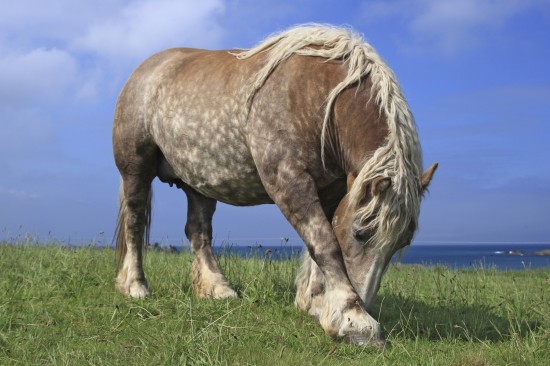 Feather Mites On Horses
Feather Mites On
Feather Mites On Horses
Feather Mites On
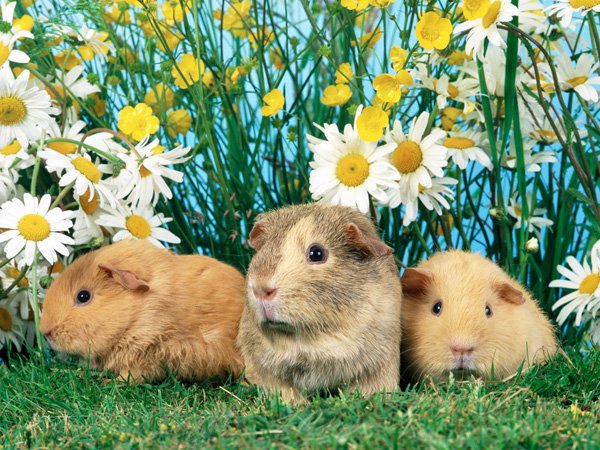 What difference can a dog make in your life
What difference can a dog make in your life
Do
What difference can a dog make in your life
What difference can a dog make in your life
Do
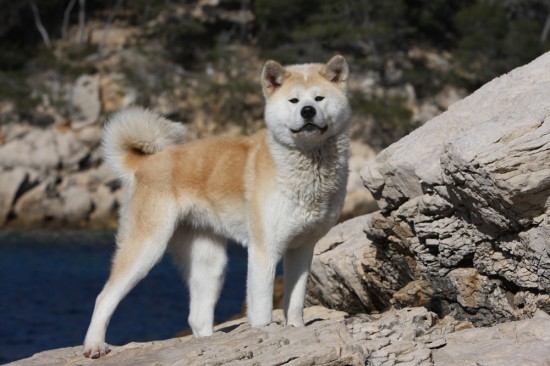 What Is A Spitz Dog ?
What Is A Spitz D
What Is A Spitz Dog ?
What Is A Spitz D
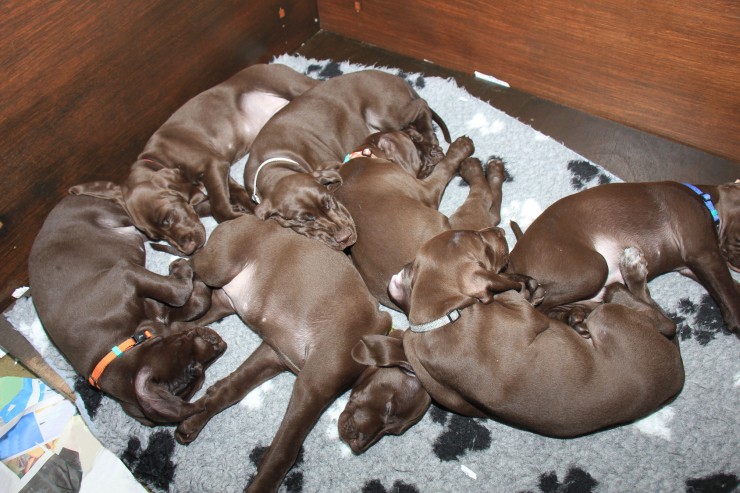 Seven Warning Signs Of Illness To Watch Out For In Young Puppies
Seven Warning Sig
Seven Warning Signs Of Illness To Watch Out For In Young Puppies
Seven Warning Sig
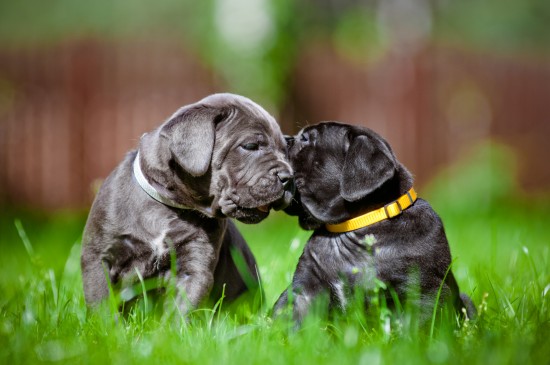 Puppies - First Impressions Really Count
Puppies - First I
Puppies - First Impressions Really Count
Puppies - First I
Copyright © 2005-2016 Pet Information All Rights Reserved
Contact us: www162date@outlook.com